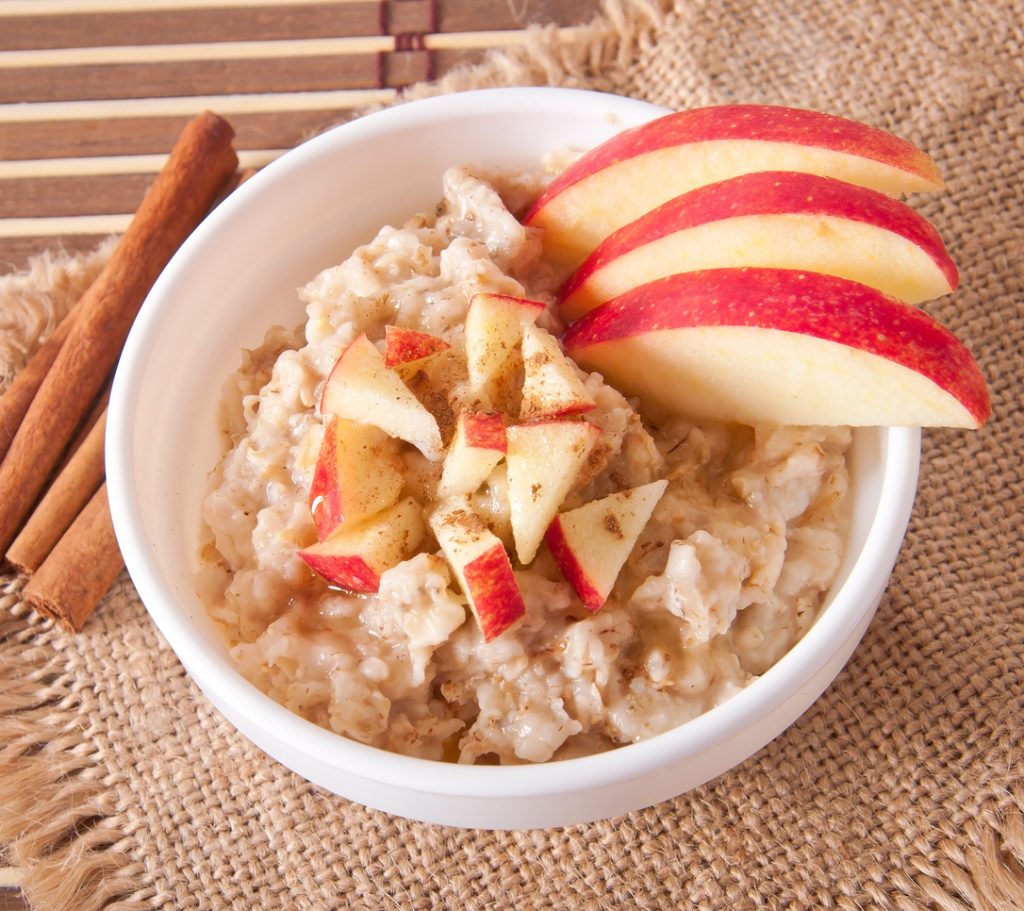Recipes for Managing Side Effects Series: Acid Reflux
Acid reflux is a fairly common and very bothersome side effect that can leave you with not only a reduced desire to eat, but also a bad night’s sleep and a sore throat. For managing acid reflux, there are certain foods that are more likely to trigger that unpleasant burning sensation:
- Coffee (with or without caffeine)
- Citrus fruits and juices
- Tomatoes
- Carbonated beverages
- Chocolate
- Peppermint, garlic, onion
- Fatty, spicy or fried foods [i, ii]
This list is by no means a one size fits all type of a solution. Triggers are very unique to each individual and the best way to identify your personal triggers is to start a food symptom journal [iii]. In order to do that, prepare to write down the time and the foods you eat, and observe and write down your symptoms and their time of onset for at least one week. You can use a simple pen and paper technique or use the notes function on your phone.
Instead of focusing only on the restrictions, learn about foods and behavioral changes that can alleviate your symptoms, such as eating smaller portions of food, eating at a slower pace, wearing loose fit clothing, and staying upright after eating [iv]. Increasing intake of whole grains, high fiber foods, and fresh fruit and vegetables may also help [v, vi].
Ingredient Highlights
- Oatmeal and flaxseed meal are high in fiber which has been shown to help prevent and manage reflux [v].
- Sweet apples are considered to be more alkaline to neutralize the acid, but more importantly higher intake of fruit in general is associated with better management of acid reflux [vi]. Apples also provide soluble fiber that helps reduce reflux. Other fruit choices may be melon and banana.
- Egg white is a source of lean protein that will make you feel fuller for longer without an excessive increase in volume, fats, or calories, hence with no additional triggers for reflux [ii]. Having a meal that keeps you full for longer also helps you to not overeat during the next meal, thus decreasing the likelihood of another acid reflux event.
Recipe
Apple Pie Protein Oatmeal
Serves: 2
Serving Size: 1 cup

Ingredients
- 1 cup old fashioned rolled oats
- 1 tablespoon ground flaxseed
- 2 cups liquid of choice (unsweetened non-dairy milk, water, low fat milk)
- 1 large sweet apple or pear, chopped
- ½ teaspoon cinnamon
- 2 egg whites
- Optional: 1-2 teaspoons maple syrup
Instructions
- Add oats, flaxseed, liquid of choice, chopped apple, cinnamon, and optional maple syrup. Stir to combine. Bring to a boil, then simmer over medium heat for 5 to 6 minutes or until the liquid is absorbed and the apple is softened, stirring frequently.
- Whip the egg whites until they reach a light foam consistency. Slowly pour the egg whites into the oatmeal, while stirring constantly to prevent the egg whites from scrambling. Add additional milk according to your preferred thickness.
- Cook for another 2 minutes to ensure the egg whites are cooked. When ready, place in a bowl and enjoy! You can top with 1 teaspoon of creamy nut butter (if tolerated), a drizzle of maple syrup, or extra chopped low-acid fruit.
Tips
- This recipe is very versatile and can be adapted to any taste. You can use different fruits such as banana (just try to avoid citrus fruits). You can also add different spices and flavorings such as pumpkin spice or vanilla extract.
- If you follow a vegan diet, you can substitute the egg white with aquafaba, which is the liquid from canned chickpeas whisked until foamy, and add a scoop of a well-tolerated vegan protein powder, to boost the protein content. If you don’t like using protein powders, you can use your favorite nut butter, but it would be beneficial to first test how it affects your reflux.
References:
[i] Asge.org. (2021). Retrieved 21 May 2021, from https://www.asge.org/docs/default-source/about-asge/newsroom/doc-gerd_infographic_final.pdf.
[ii] Benamouzig, R., & Airinei, G. (2007). Diet and Reflux. Journal Of Clinical Gastroenterology, 41(Supplement 2), S64-S71. https://doi.org/10.1097/mcg.0b013e318032bed3
[iii] Newberry, C., & Lynch, K. (2019). The role of diet in the development and management of gastroesophageal reflux disease: why we feel the burn. Journal Of Thoracic Disease, 11(S12), S1594-S1601. https://doi.org/10.21037/jtd.2019.06.42
[iv] Yuan, L., Yi, P., Wang, G., Tan, S., Huang, G., & Qi, L. et al. (2019). Lifestyle intervention for gastroesophageal reflux disease: a national multicenter survey of lifestyle factor effects on gastroesophageal reflux disease in China. Therapeutic Advances In Gastroenterology, 12, 175628481987778. https://doi.org/10.1177/1756284819877788
[v] Morozov, S., Isakov, V., & Konovalova, M. (2018). Fiber-enriched diet helps to control symptoms and improves esophageal motility in patients with non-erosive gastroesophageal reflux disease. World Journal Of Gastroenterology, 24(21), 2291-2299. https://doi.org/10.3748/wjg.v24.i21.2291
[vi] Lechien, J., Huet, K., Khalife, M., De Marrez, L., Finck, C., Harmegnies, B., & Saussez, S. (2019). Alkaline, protein, low‐fat and low‐acid diet in laryngopharyngeal reflux disease: Our experience on 65 patients. Clinical Otolaryngology, 44(3), 379-384. https://doi.org/10.1111/coa.13269
